Microphones 05
Microphone handling, power & interconnection
- Video
- Script
Welcome to this tutorial on microphone handling, power and interconnection.
In order to capture the full audio spectrum frequency range and accommodate a dynamic range suitable for human needs, microphones are required to be both sensitive, and capable of accommodating loud sound pressure levels and fast transients.
Designing microphones to fulfil these requirements is challenging and the studio engineer needs to be aware of the primary side effects, and available microphone accessories and their uses.
Caption - Proximity effect (bass tip-up)
When a sound source is close to a directional microphone, the microphone's low frequency response becomes exaggerated. This behaviour is called the proximity effect and typically occurs at distances of a few inches from the mic's capsule.
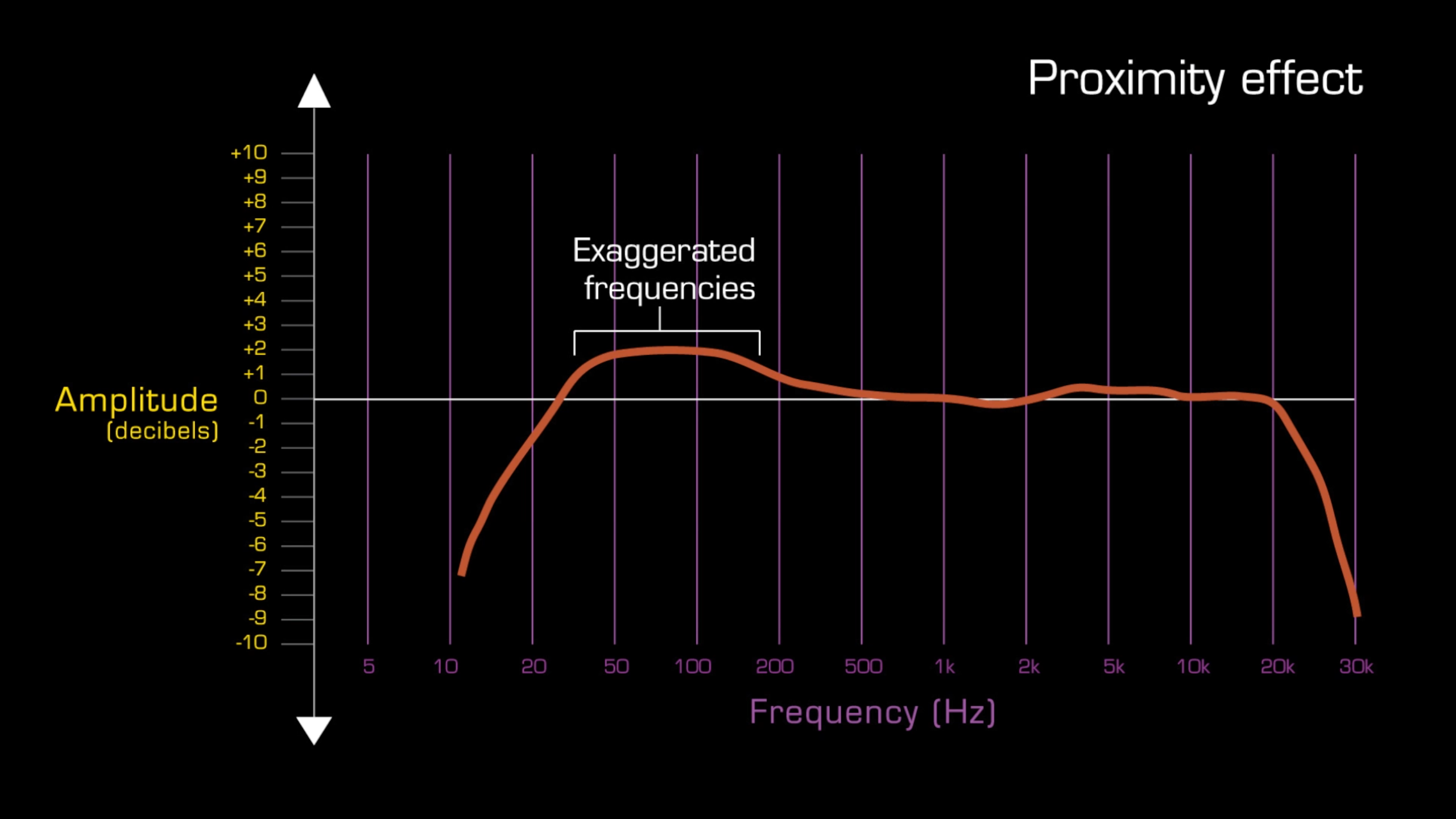
Directional microphones, including those with cardioid and figure-of-eight polar patterns, are most vulnerable to the proximity effect because of the design of their capsules.
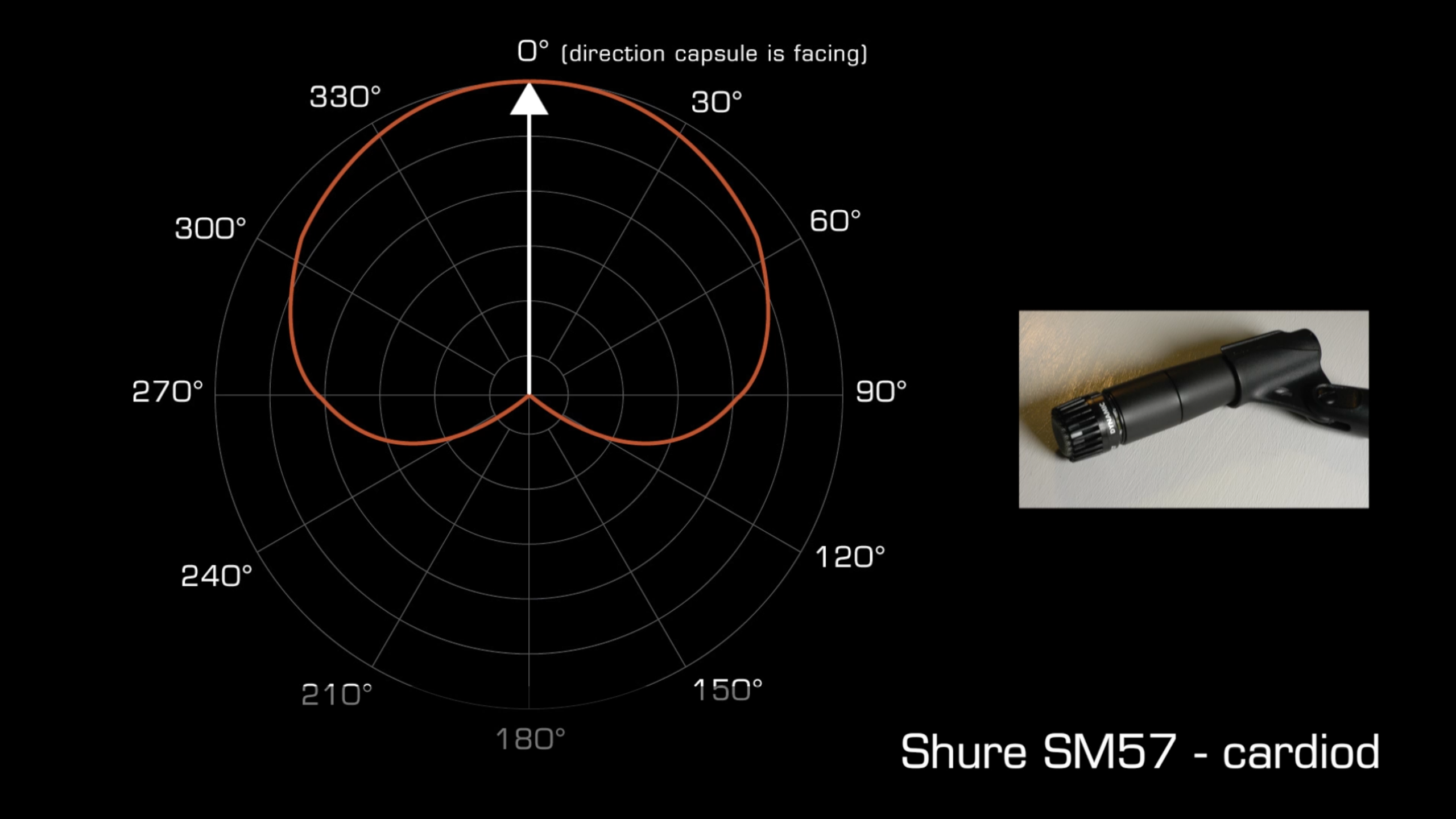
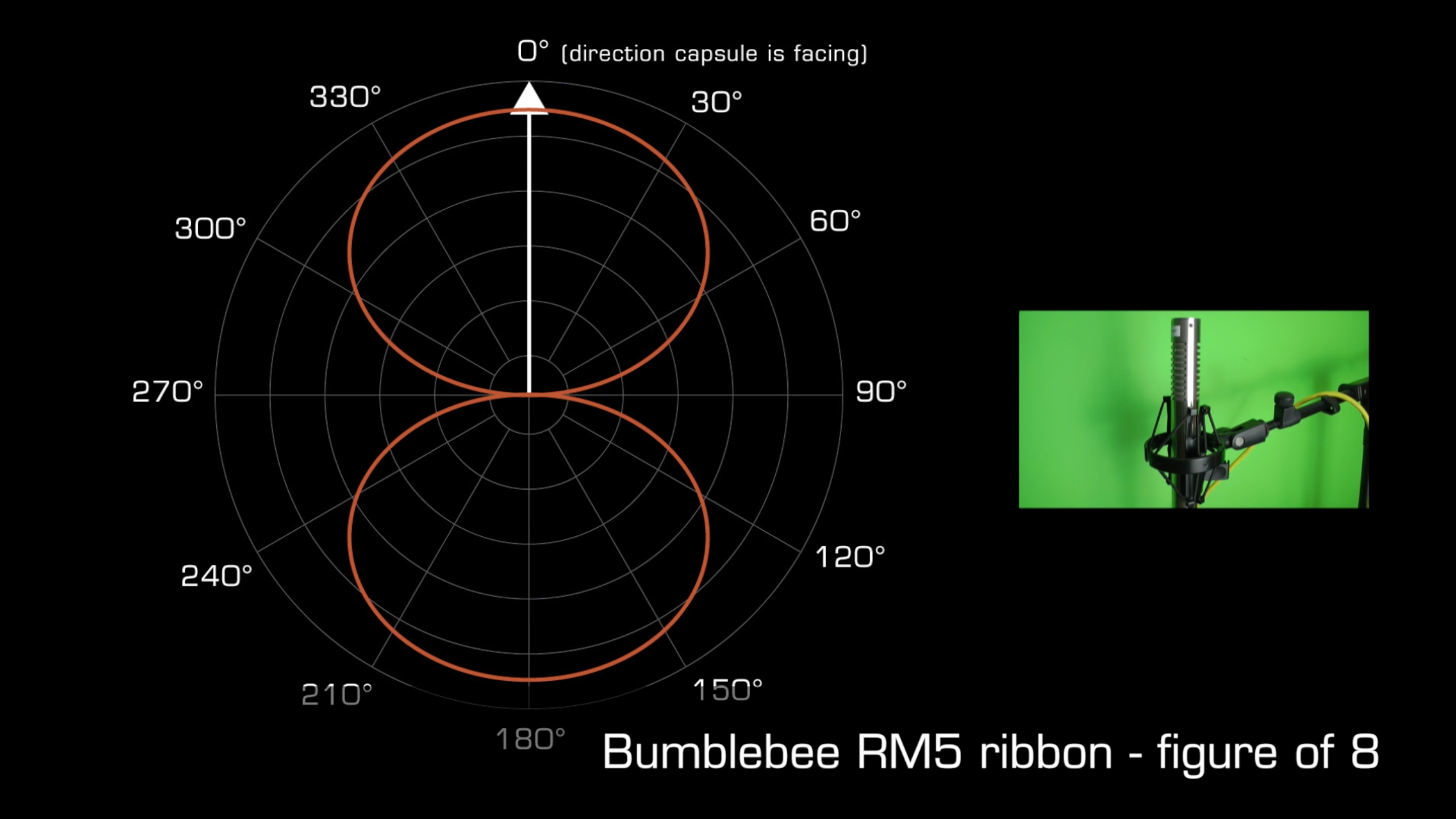
The amount by which low frequencies are boosted depends on how close the source is to the diaphragm of the mic, the size of the diaphragm and other factors particular to a mic's design.
Proximity effect can be exploited to thicken a thin voice or instrument, or to create gravitas. Ribbon microphones are particularly prone to it.
Caption - Plosives
Plosives and sibilance are characteristics of both human speech and singing and present particular problems for microphones.
A plosive is the fast release, or blast, of air that occurs when articulating a consonant, in particular P, B and T. These blasts can overwhelm a microphone's diaphragm and cause distortion.
There are several ways to deal with plosives including ..
- Using mic technique to draw away from the mic at the appropriate time
- Placing the source slightly off-axis
.. and .. - Placing a so-called pop or wind shield between the performer and mic to deflect and disperse the air
Caption - Sibilance
Sibilance is the hissing sound created when articulating some consonants and can become particularly pronounced with the letter S. Sibilance can become exaggerated when using large diaphragm capacitor microphones and is generally undesirable.
Sibilance can be difficult to eradicate effectively during recording and so is usually handled with some form of frequency conscious compression during mixing. There are many dedicated devices and plug-ins, knows as De-essers, that can turn down a signal when sibilance is detected. These devices use side chain filters to identify when sibilance is a problem.
Caption - Handling noise, suspension mounts and mic stands
Handling noise is any undesirable noise resulting from the physical handling or movement of a microphone and its cable. Handling noise is a particular problem with sensitive studio microphones and in particular capacitor mic's.
To avoid handling noise in the studio, microphone stands are used to hold the microphone at an appropriate height and angle. However, when kicked or accidentally bumped a microphone stand can still transmit unwanted vibrations to a mic. Therefore suspension mounts are employed to better isolate a mic.
Caption - Stereo bars
In the studio, stereo mic'ing is usually accomplished with two or more mono microphones, rather than with a stereo microphone. Stereo mic'ing bars facilitate the convenient positioning of two mic's on a single mic stand.
Caption - Powering a microphone
Some microphones, including tube, capacitor, back-electret and active ribbons, require electrical power to operate. The voltage requirement depends on the microphone design.
Caption - Batteries
Some microphones can operate with power supplied by an on-board battery, or a battery powered external supply, but this does not always produce the kind of output level and signal to noise ratio required in the studio.
Caption - Phantom power
Capacitor , studio back-electret and active ribbon microphones usually require more power than batteries can supply. Phantom power is a method of powering audio devices such as microphones where a connection to the mains power supply would be cumbersome.
Phantom power is covered in detail in a separate video tutorial.
Caption - Tube / valve mic power supplies
Tube microphones typically require more power than either batteries or phantom power can provide, therefore a dedicated power supply is required. These types of power supply will typically supply power to the mic and received its audio output before passing it on to a microphone pre-amplifier.
Caption - Interconnection
Microphones produce very quite signals that are vulnerable to electro magnetic interference as they travel down a cable to a microphone pre-amplifier.
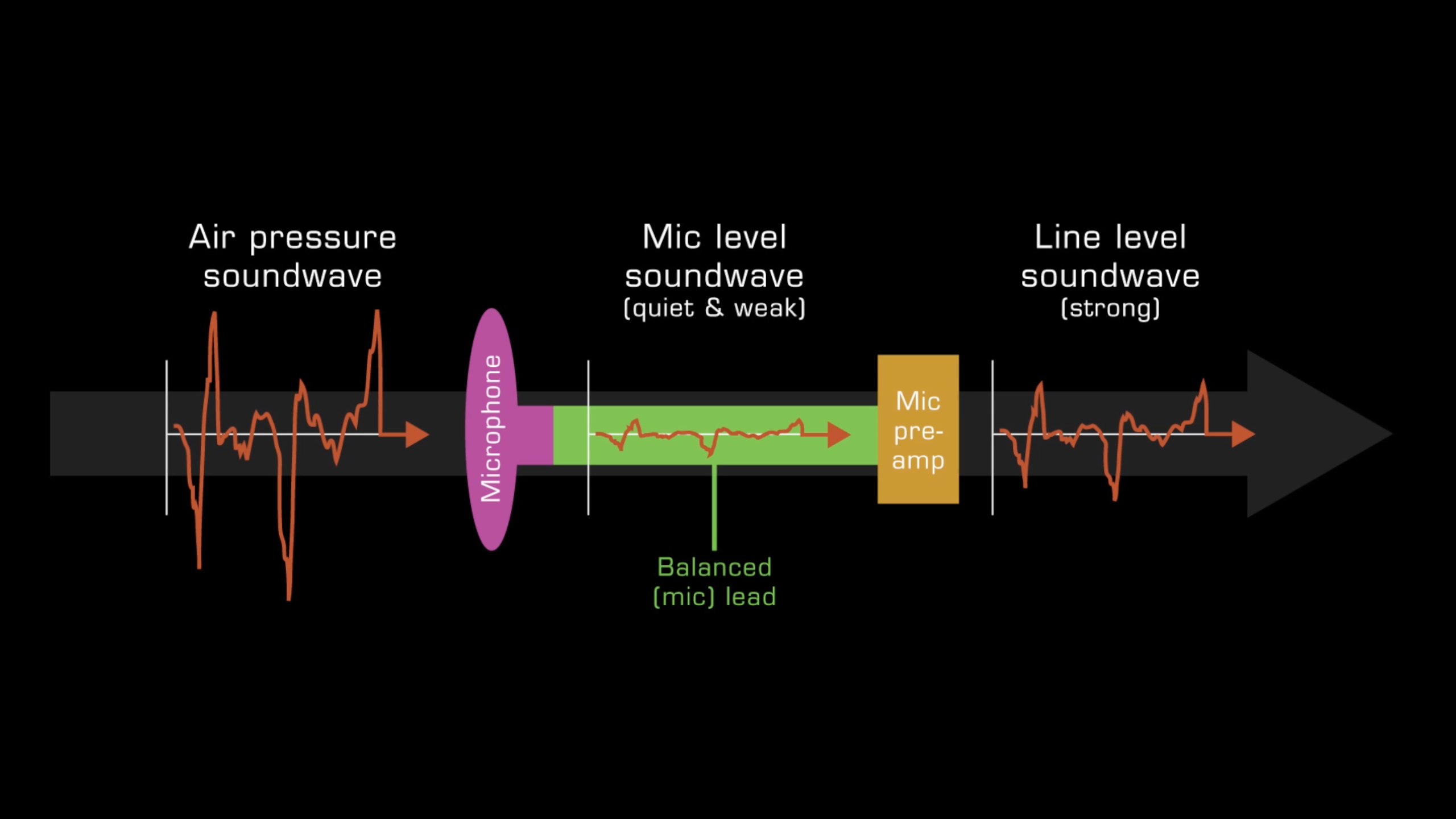
Therefore, all professional microphones employ a balanced connection arrangement using so called XLR connectors and balanced 3-core cable.
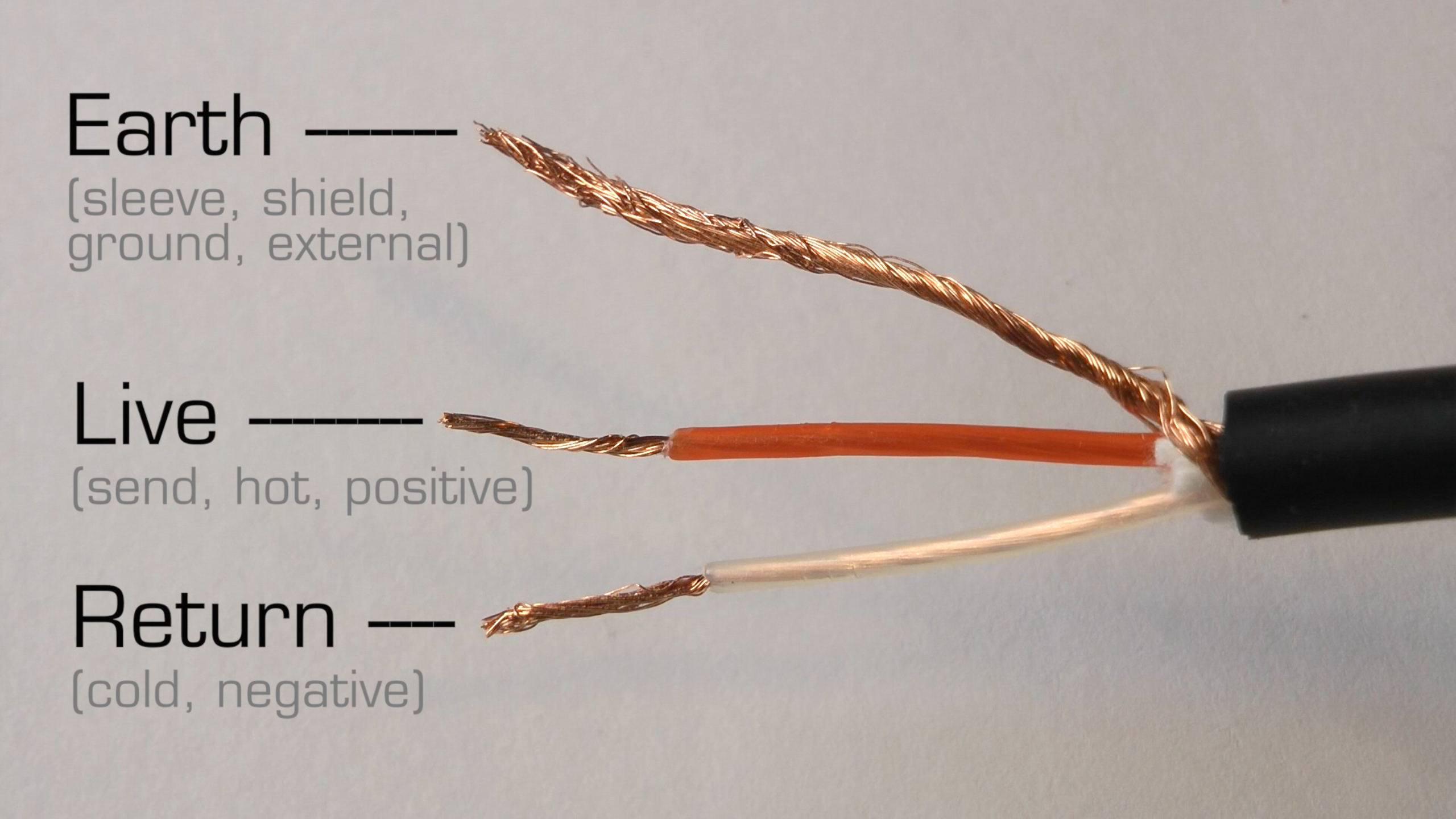
Balanced and unbalanced audio signals are covered in detail in a separate video tutorial.
Caption - Thanks for watching
The script for this video, with accompanying images, can be found at projectstudiohandbook.com
We suggest you subscribe at our YouTube channel, and join our mailing list at our website to receive notification of new videos, blog posts and subscriber only extras.
Thanks for watching.